US scientists have found a new type of material structure that can switch between being hard and soft.
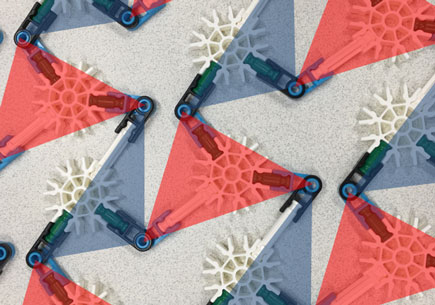
The discovery consists not in a new material, but in a geometric structure of a material created by humans. The research team from the University of Michigan in the United States presents its material structure in the journal Nature Communications.
“The novel aspect of this metamaterial is that its surface can change between hard and soft,” said Xiaoming Mao, assistant professor of physics at the University.
The surface hardness varies when it comes in contact with any object. Contact changes the geometric structure of the material on the surface by orders of magnitude comparable to the difference between rubber and steel.
These properties are “topologically protected,” meaning that the material’s properties come from its total structure,
“Usually, it’s hard to change the stiffness of a traditional material. It’s either hard or soft after the material is made.” Mao adds.
According to the researchers, this material structure could be useful when for example, constructing cars. The material would then be able to cope with sudden external influences, such as a car crash.
“When you’re driving a car, you want the car to be stiff and to support a load,” Mao said. “During a collision, you want components to become softer to absorb the energy from the collision and protect the passenger in the car.”
He also mentions that tires would be an ideal application, the wheels on cars or bikes would be able to adjust their hardness depending on the surface, increasing resistance when necessary.
The University of Michigan researchers demonstrates their findings in the below video.
Reference:
D. Zeb Rocklin, Shangnan Zhou, Kai Sun & Xiaoming Mao Transformable topological mechanical metamaterials
University of Michigan: New metamaterial can switch from hard to soft—and back again


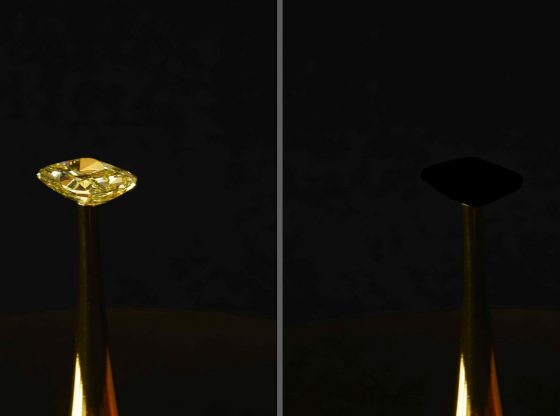
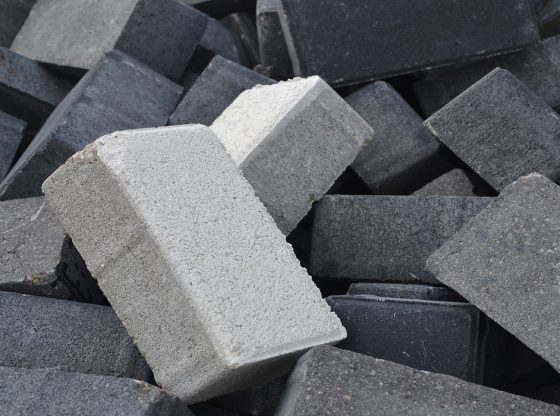
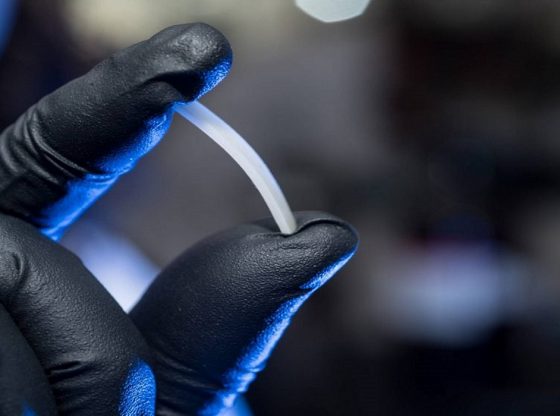

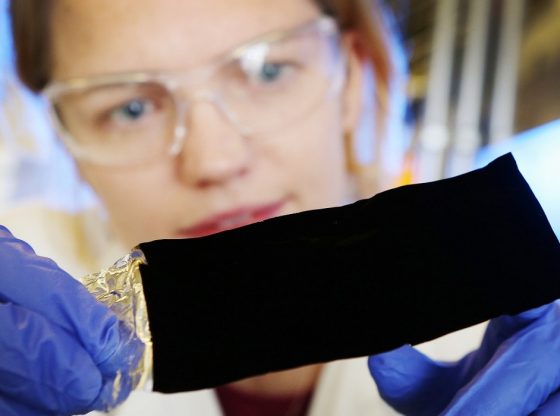
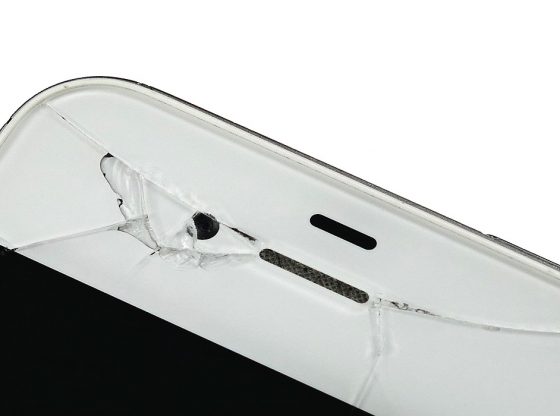
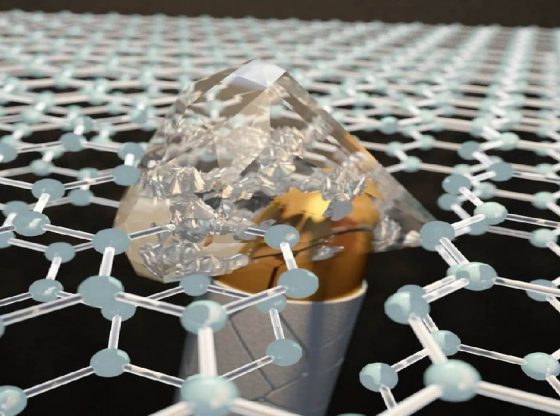


![OpenAI. (2025). ChatGPT [Large language model]. https://chatgpt.com](https://www.illustratedcuriosity.com/files/media/55136/b1b0b614-5b72-486c-901d-ff244549d67a-350x260.webp)
![OpenAI. (2025). ChatGPT [Large language model]. https://chatgpt.com](https://www.illustratedcuriosity.com/files/media/55124/79bc18fa-f616-4951-856f-cc724ad5d497-350x260.webp)
![OpenAI. (2025). ChatGPT [Large language model]. https://chatgpt.com](https://www.illustratedcuriosity.com/files/media/55099/2638a982-b4de-4913-8a1c-1479df352bf3-350x260.webp)








